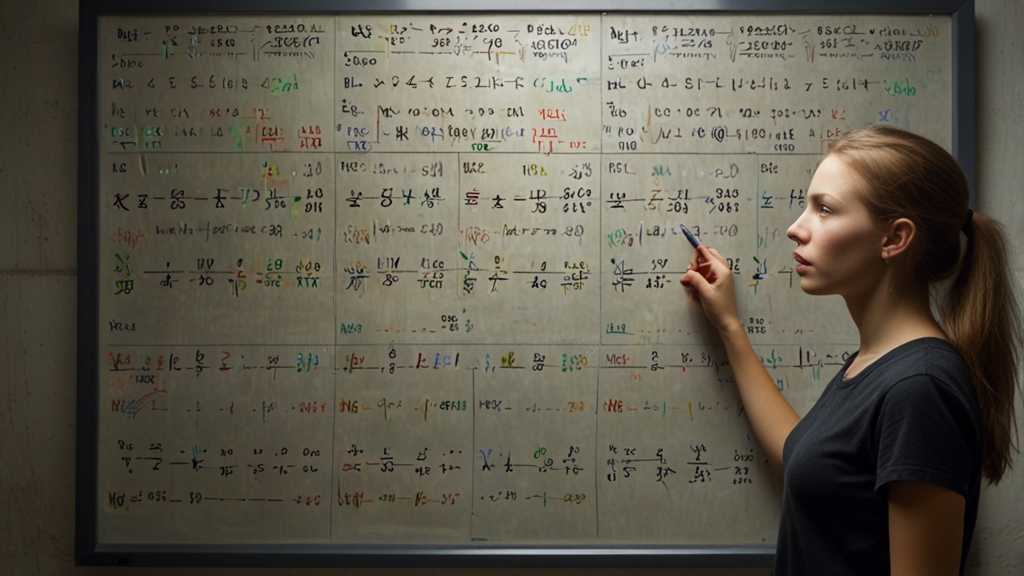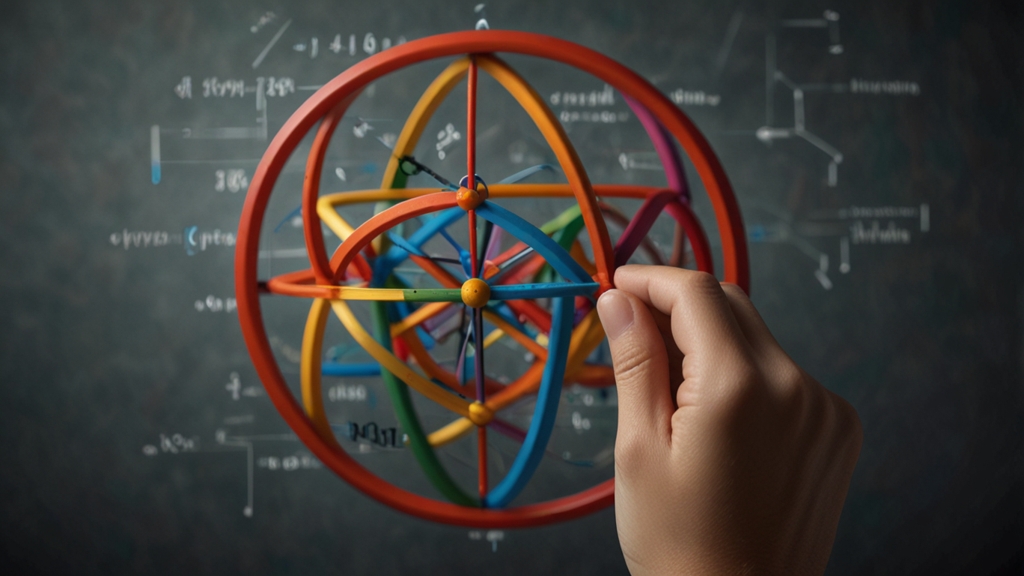Riddles That Will Stump Even the Sharpest Minds
Riddles have been a source of entertainment and mental stimulation for centuries. They test our reasoning, creativity, and sometimes our patience. While many riddles can be solved with a bit of thought, some are so challenging that even the sharpest minds can struggle to find the answer. In this article, we’ll explore some riddles that are sure to stump even the most astute thinkers.
The Timeless Appeal of Riddles
Riddles have a timeless appeal because they engage us in a unique way. They challenge our perception, make us think outside the box, and often leave us with a sense of satisfaction upon solving them. However, the true appeal lies not just in finding the answer, but in the journey of getting there. Here is one such perplexing riddle:
"I speak without a mouth and hear without ears. I have no body, but I come alive with wind. What am I?"
This riddle requires a keen mind to decipher. The answer isn't immediately obvious and often requires a bit of lateral thinking.
A Riddle within a Riddle
Some riddles nest a second, even more challenging puzzle within them. These riddles can be particularly engrossing because solving the first part does not guarantee an understanding of the whole. Here’s an example:
"I can be cracked, made, told, and played. What am I?"
At first glance, this riddle appears straightforward. However, its simplicity is deceptive. The answer - a joke - is not immediately apparent, making it a delightful challenge.
Riddles and Logical Thinking
Many riddles rely on logical thinking and a keen understanding of language. They force us to re-evaluate common assumptions and think critically about the information presented. Consider this classic riddle:
"The person who makes it, sells it. The person who buys it never uses it. The person who uses it never knows they are using it. What is it?"
This riddle cleverly plays on our assumptions and requires logical deductions to uncover the answer: a coffin. It's a classic example of how riddles can be used to stretch our cognitive abilities.
The Joy of the Aha! Moment
One of the most satisfying aspects of riddles is the "Aha!" moment. This is the instant when everything clicks into place, and the solution becomes clear. It's a moment of insight and clarity that can be incredibly rewarding. Here’s one more riddle to ponder:
"I can be long or short; I can be grown or bought; I can be painted or left bare; I can be round or square. What am I?"
The answer, a fingernail, proves the versatility and depth that riddles can offer.
Conclusion
Riddles are more than just puzzles; they are a way to sharpen our minds, encourage critical thinking, and provide hours of thoughtful entertainment. Whether you're a casual puzzle enthusiast or a seasoned riddle solver, the challenge of a good riddle is always worth the effort. If these riddles stumped you, don’t worry—sometimes the joy is in the pondering, not just the solving.













